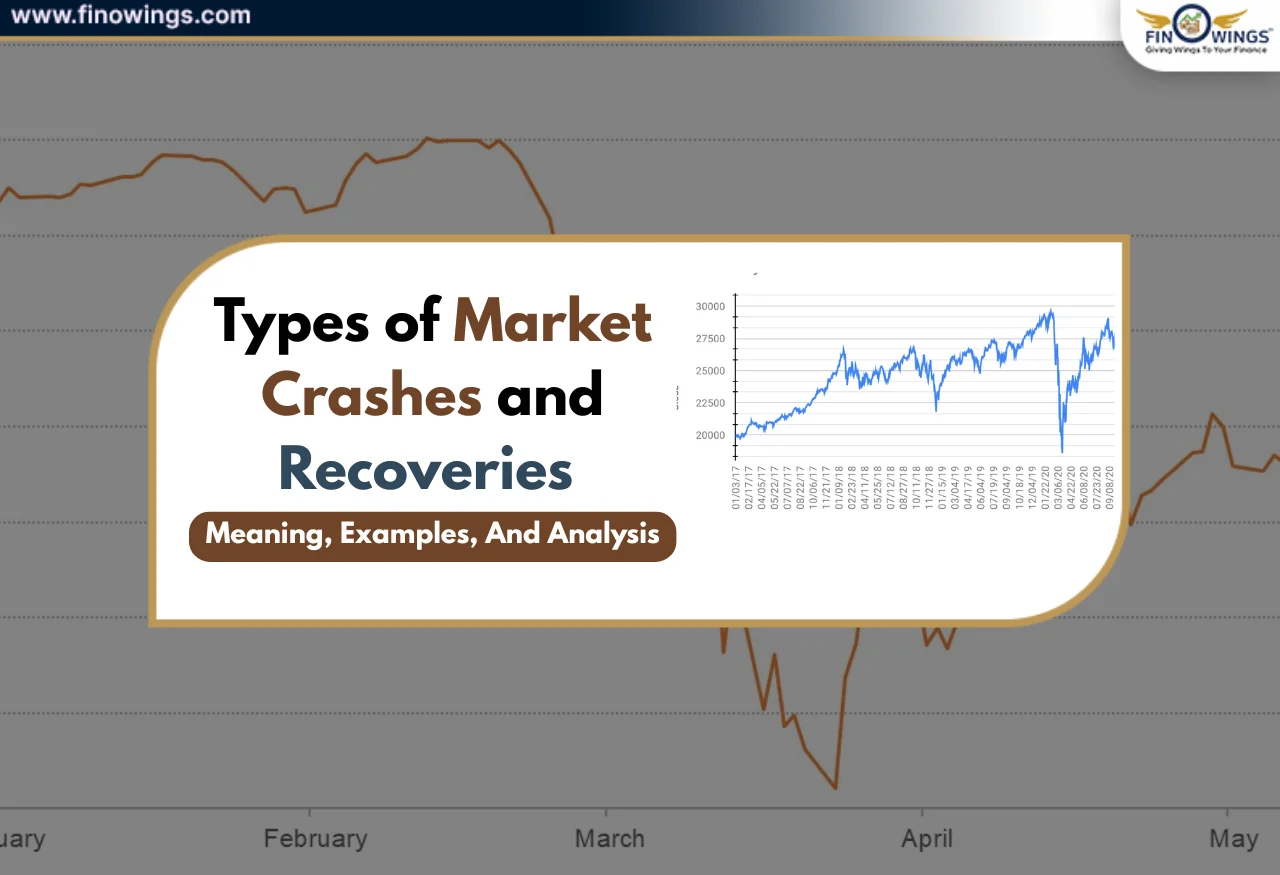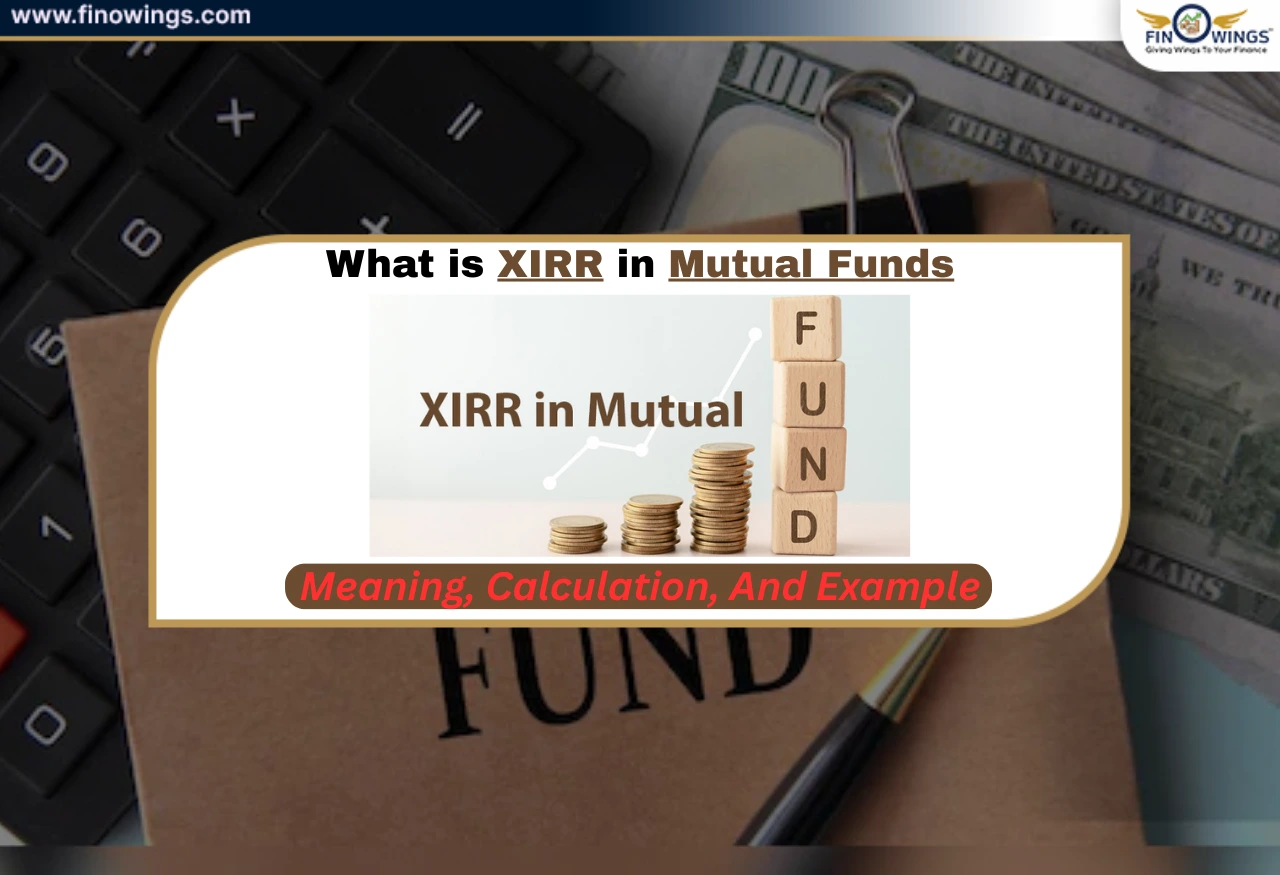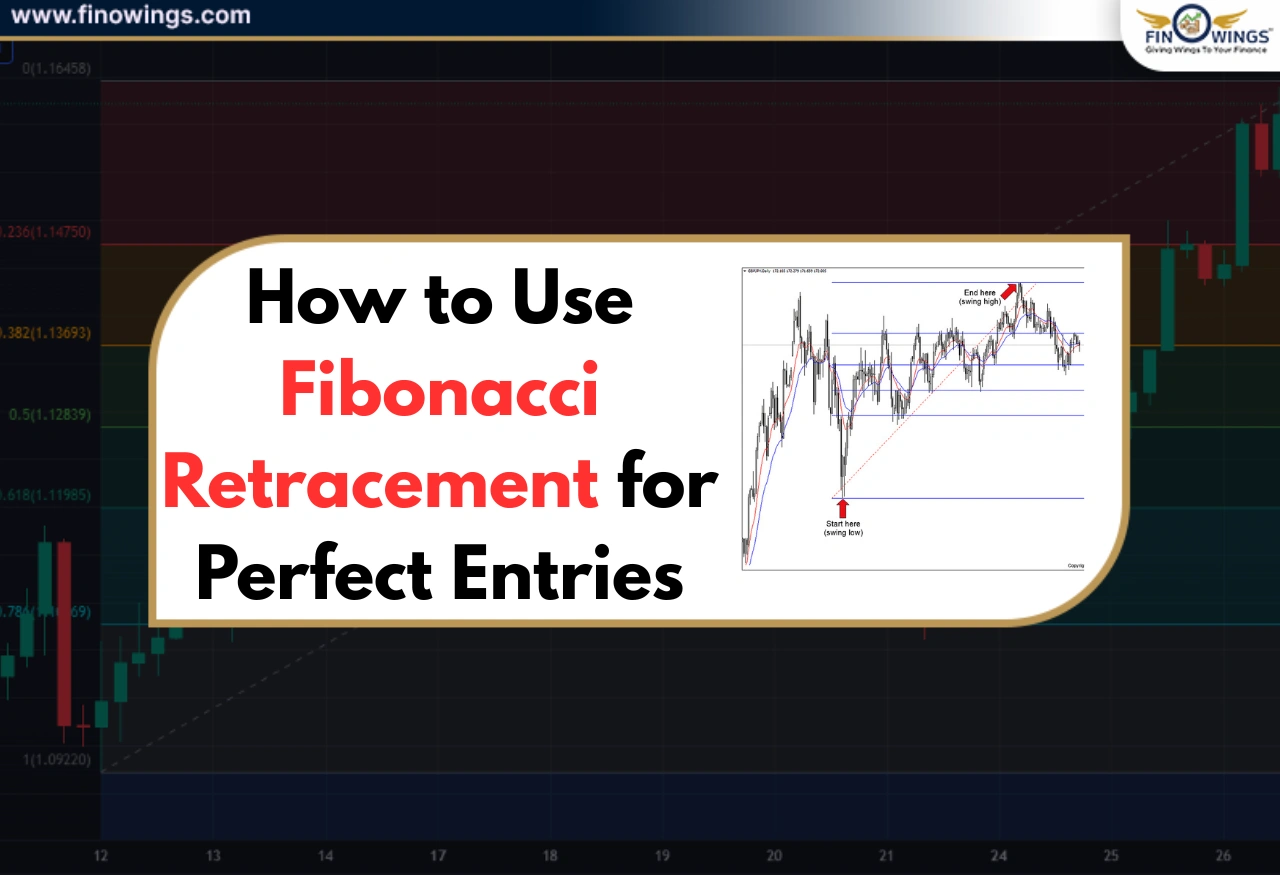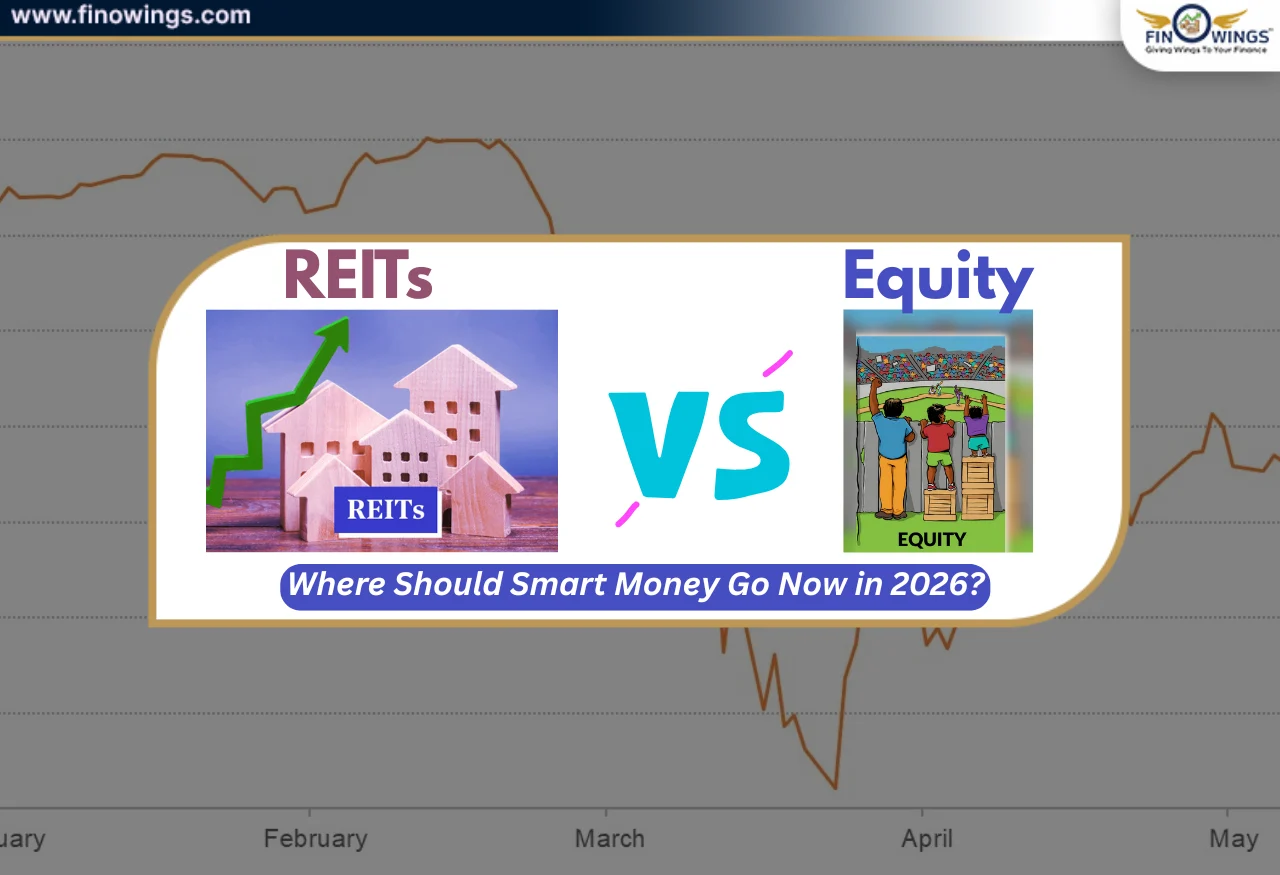Home >> Blog >> Breakaway Gap Explained: Meaning, Pattern & How to Trade It
Breakaway Gap Explained: Meaning, Pattern & How to Trade It
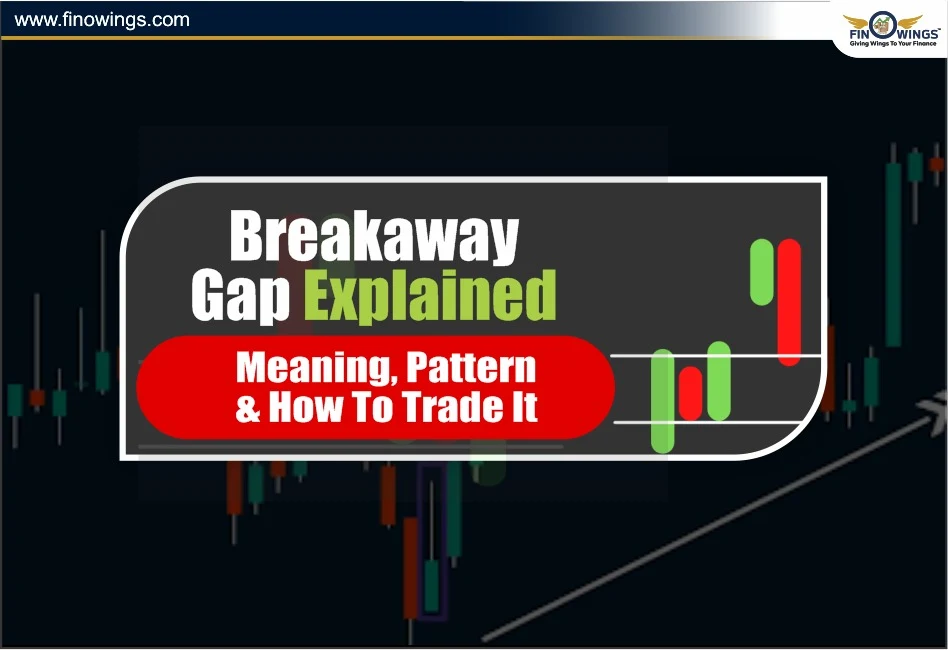
Table of Contents
In technical analysis, price chart gaps can indicate significant changes in market sentiment. Among these gaps, the breakaway gap is particularly memorable and special due to its reliability. It is the first gap in a new sequence of gaps and can signal a new trend in either a bullish or bearish direction. It tends to come with a price movement in the gap's direction and is the most significant feature of technical analysis.
In this blog, we will uncover the meaning of a break away gap, identify the breakaway candlestick pattern, and provide practical strategies for breakaway gap trading to help you take advantage of the most profitable market opportunities.
What is a Breakaway Gap?
A breakaway gap is a specific price gap that develops at the end of a period of price consolidation or congestion. The price significantly breaks in one direction causing the pattern to form either to the upside or downside.
The pattern occurs due to the increased volume on one side, which can be attributed to the results of fundamental analysis or market sentiment. These can be due to earnings results, market and market sentiment, and/or corporate announcements.
Breakaway gap meaning in simple terms:
This is a strong gap that moves beyond the previous trading range confirming the subsequent new trend sequence.
Identifying Characteristics of a Breakaway Gap
To identify a breakaway gap, traders look for the following characteristics on the price chart:
1. Prior Consolidation:
The market trades sideways for a significant period, forming a base or resistance zone.
2. Large Gap Formation:
The price opens sharply above or below the previous day’s range, leaving a visible price void or “gap.”
3. High Volume Confirmation:
A true breakaway gap is usually accompanied by strong volume, confirming institutional participation.
4. Sustained Momentum:
After the gap, prices typically continue to move in the direction of the breakout for several sessions.
5. No Immediate Fill:
Unlike common gaps, breakaway gaps are rarely filled quickly, as they represent a real change in sentiment and trend direction.
Types of Breakaway Gaps
Depending on the direction of the breakout, there are two major types of breakaway candlestick patterns:
1. Bullish Breakaway Gap
This happens when a price gap above a resistance zone follows a period of sideways consolidation. This shows the beginning of a bullish trend and high buyer interest.
This signals strong buyer interest and marks the beginning of a bullish trend.
Example:
Consolidation within a range, e.g., Rs. 950-Rs. 1000, followed by a Rs. 1050 opening with high volume, is termed a bullish break away gap.
Such gaps are perceived by most traders as signifying that the stock is in a new uptrend.
2. Bearish Breakaway Gap
When the price breaks below a support zone following a period of consolidation, this is known as a bearish breakaway gap.
It indicates that sellers have taken charge and is a negative trend.
Example:
If a stock trades between Rs. 600– Rs. 650 for a week and suddenly opens at Rs. 580, it represents a bearish breakaway gap, likely indicating further downside.
Breakaway Candlestick Pattern
Five candles make up a breakaway candlestick pattern, which can be used to confirm the direction of a breakout.
Pattern Structure:
1. First Candle: A large trend candle in the direction of the trend that precedes it (up or down).
2. Second & Third Candle: Small candles signifying a period of consolidation, or indecision in the market.
3. Fourth Candle: A large gap in the opposite direction, closing outside the consolidation range.
4. Fifth Candle: The breakaway move is confirmed by the trend continuing in the new direction.
How to Trade Breakaway Gaps
Given the mandatory guidelines, here is a breakaway gap trading strategy mapped for beginners. It assists traders with entries, exits, and risk management.
Step 1: Identify the Consolidation Zone
Track the price changes of a stock for a minimum of 10-15 sessions. It should be easy to spot a clear range or base where the prices settle between some support and resistance levels.
Step 2: Spot the Breakaway Gap
Identify bullish (gaps above resistance) and bearish (gaps under support) gaps. Also, remember the gap should be supported with aggressive trading volume.
Step 3: Confirm with Indicators
Apply momentum indicators such as RSI, MACD, or volume oscillators to support the direction of the price change. If you see gaps and RSI is above 60 during bullish gaps or below 40 during bearish gaps, this justifies the strategy.
Step 4: Entry Point
Bullish Breakaway Gap: Once the price holds for 1-2 sessions above the breakout level, you could think of placing a long order.
Bearish Breakaway Gap: A short position can be opened when prices remain below the breakdown region.
Avoid entering on the day of the gap to avoid being trapped in a fake breakout.
Step 5: Stop Loss Placement
For bullish setups, place the stop-loss just below the gap zone. For bearish setups, it goes above the gap zone.
This makes sure your loss remains small if the breakout fails or if the price fills the gap.
Step 6: Target Setting
In breakaway gap trading, the target is often determined by the height of the prior consolidation range.
For instance, if the range during consolidation was Rs. 100, you would add Rs. 100 above the breakout price for a bullish target and subtract Rs. 100 for a bearish target.
Breakaway Gap Trading Example
Imagine a stock is consolidating between Rs. 500 and Rs. 550 for 2 weeks.
All of a sudden it opens at Rs. 575 during the session and goes up to Rs. 600 in the next session, and the price is moving up on heavy volume.
Gap Size: Rs. 25 (575–550)
Entry: Rs. 580 after confirmation
Stop-Loss: Rs. 550 (below support)
Target: Rs. 650 (range height added to breakout point).
Benefits of Trading Breakaway Gaps
-
Recognise new trends early.
-
Defined entry and exit points.
-
High potential risk-reward ratios.
-
Usable on all timeframes (daily, weekly, intraday).
Avoiding Mistakes
-
Trading without volume confirmation.
-
Confusing a common gap or runaway gap with a breakaway gap.
-
Entering too early before confirmation.
-
Ignoring the overall market sentiment.
-
Success in breakaway gap trading requires patience and confirmation.
Conclusion
Breakaway gaps highlight potential trend reversals and new market phases. These gaps illustrate a significant change in momentum, frequently leading to powerful moves in the desired direction.
Traders can utilise the breakaway candlestick pattern to strategically execute breakaway gap trading to capitalise on large price movements with minimised risk. Remember to always incorporate gap volume and other technical elements to confirm a gap before trading.
DISCLAIMER: This blog is NOT any buy or sell recommendation. No investment or trading advice is given. The content is purely for educational and information purposes only. Always consult your eligible financial advisor for investment-related decisions.
Author
Frequently Asked Questions
A breakaway gap is a strong price gap that forms after a long consolidation phase. It breaks out of the existing trading range with heavy volume, signalling the start of a new bullish or bearish trend.
Traders look for three things:
• A clear consolidation range
• A large price gap breaking resistance or support
• Strong volume confirming participation from big players
Yes. Breakaway gaps are considered one of the most reliable gap patterns because they represent a genuine shift in sentiment. They rarely get filled quickly and often lead to strong trending moves.
For bullish gaps, enter after the price holds above the breakout for 1–2 sessions. For bearish gaps, enter after a confirmed breakdown. Stop-loss should be placed around the gap zone, and targets are typically equal to the height of the previous consolidation range.
A breakaway gap forms at the start of a new trend after consolidation, while a runaway gap appears mid-trend during strong momentum. Breakaway gaps signal trend initiation; runaway gaps signal continuation.





